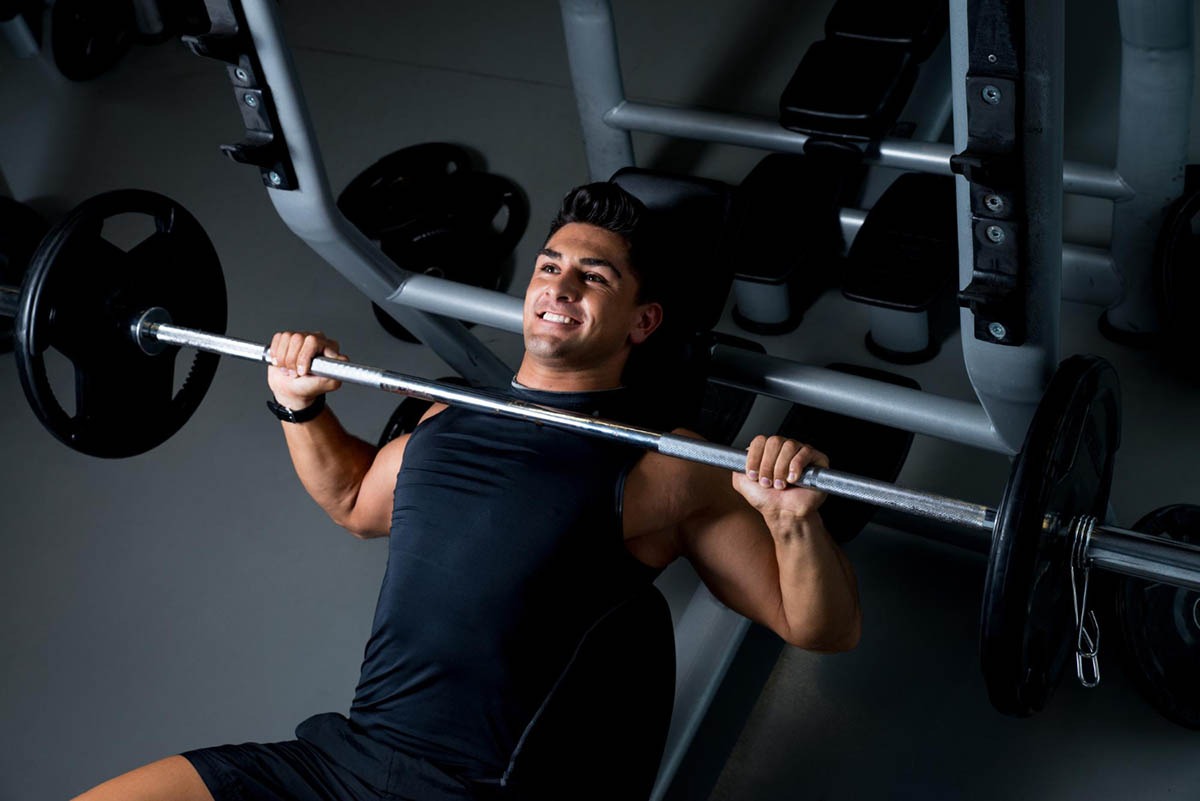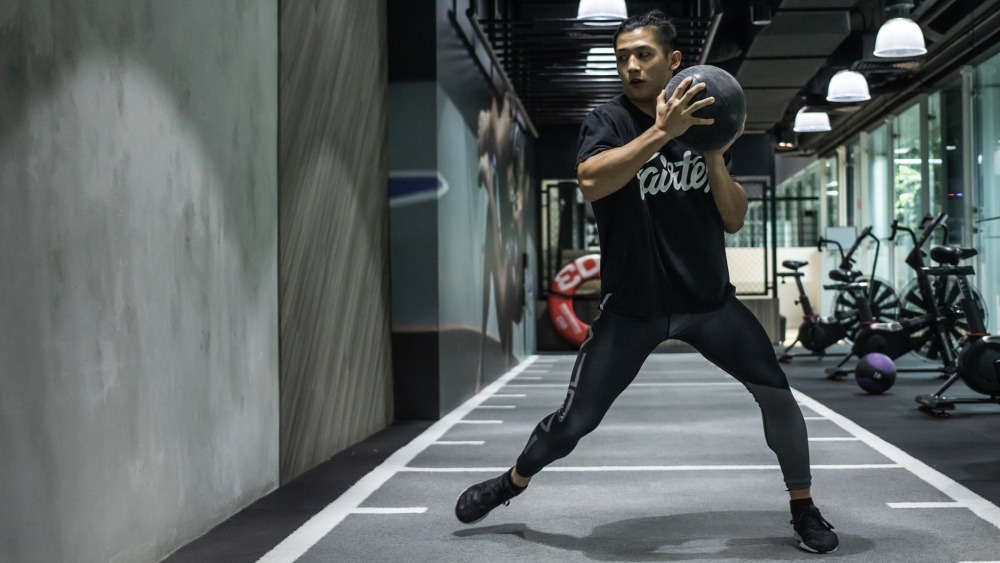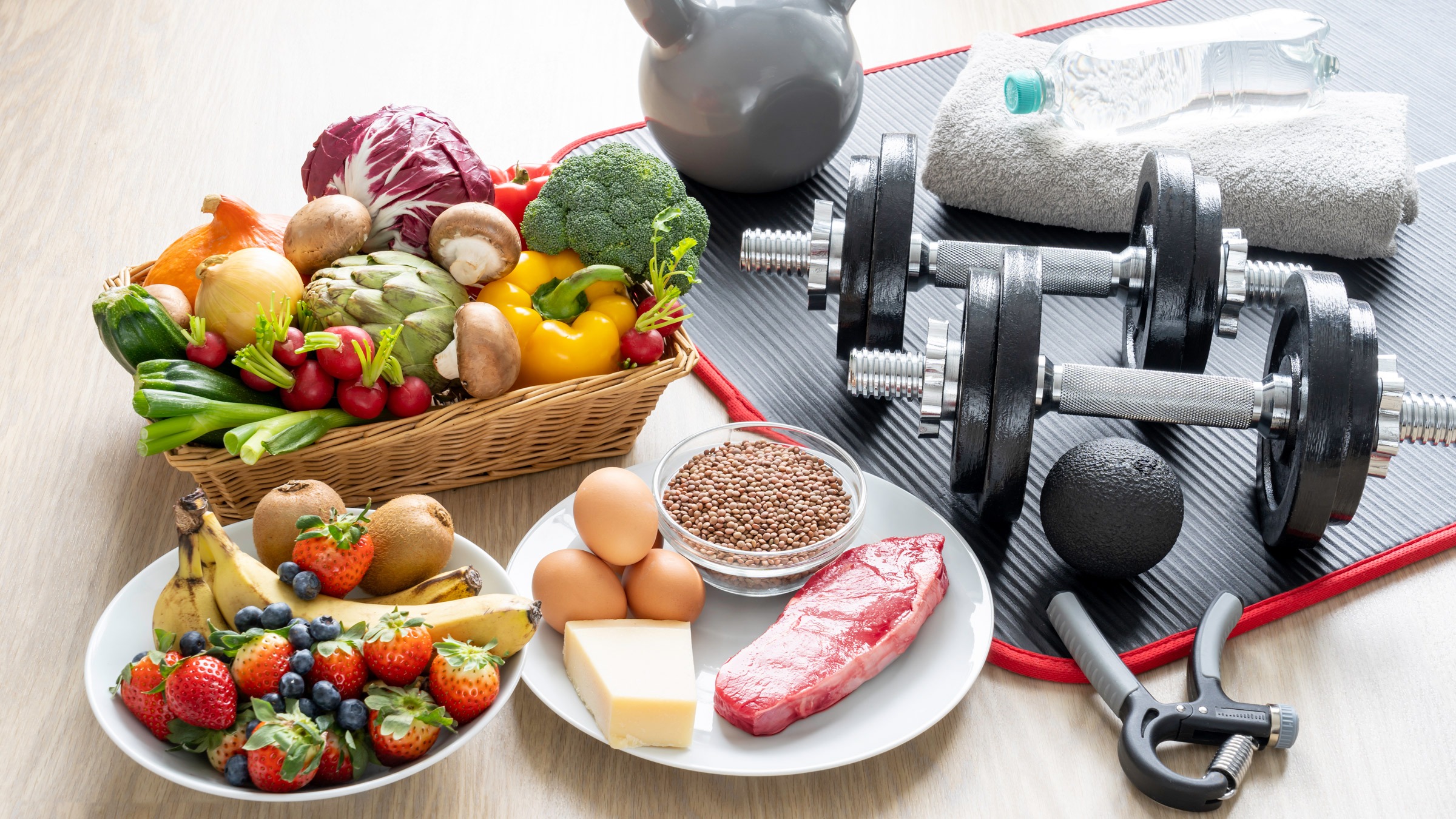Strength, size, and power are often the first things lifters chase in the gym. Heavy squats, bench presses, and deadlifts build muscle and pride. But there’s another key factor that many advanced lifters overlook: mobility.
Mobility is not the same as flexibility. Flexibility means how far a muscle can stretch, while mobility is about how well your joints move through their full range of motion. A lifter with poor mobility may be strong, but they’ll struggle with technique, face frequent aches, and risk injury when pushing heavier loads.
For advanced lifters, good mobility is the secret weapon that allows you to lift more, recover faster, and extend your lifting career. This article will cover the best mobility exercises every serious lifter should add to their routine, why they matter, and how to perform them properly.
Why Mobility Matters for Advanced Lifters
When you’ve been lifting for years, it’s common to hit plateaus or feel stiff joints after heavy sessions. Mobility training helps solve these problems.
Key Benefits of Mobility Work:
- Better lifting form (squats deeper, deadlifts safer).
- Injury prevention by reducing stress on joints and ligaments.
- Improved muscle activation, leading to more strength gains.
- Faster recovery because tight muscles loosen and blood flow improves.
- Longevity in lifting — you can train hard for decades, not just years.
Think of mobility as the oil for your machine. Without it, even the strongest engine burns out faster.
Mobility vs Flexibility: What’s the Difference?
It’s easy to confuse mobility with flexibility.
- Flexibility: How far a muscle can stretch. (Example: touching your toes).
- Mobility: How well a joint moves with control. (Example: squatting deep without losing balance).
Lifters need mobility more than pure flexibility, because strong, stable joints allow you to handle heavy loads safely.
Mobility Exercises Every Advanced Lifter Should Do
Here’s a list of effective exercises that focus on shoulders, hips, ankles, and spine — the main areas lifters need for big lifts.
1. Hip Flexor Stretch with Overhead Reach
Tight hips are common in lifters who squat heavy. This move opens them up.
How to do it:
- Start in a lunge position with your back knee on the floor.
- Push your hips forward gently.
- Raise the arm on the same side as your back leg overhead.
- Hold for 20–30 seconds, then switch sides.
Benefits:
- Increases hip mobility for squats and deadlifts.
- Relieves tightness from sitting.
- Improves stride length and explosive power.
2. Shoulder Dislocates (with Band or PVC Pipe)
Great for improving shoulder mobility and reducing stiffness.
How to do it:
- Hold a resistance band or PVC pipe in front of you with a wide grip.
- Slowly raise it overhead and behind you, keeping arms straight.
- Bring it back to the front.
- Repeat for 8–10 reps.
Benefits:
- Loosens tight shoulders.
- Improves bench press form.
- Prepares joints for overhead lifts.
3. Cat-Cow Stretch
A classic spine mobility drill that works wonders.
How to do it:
- Get on your hands and knees.
- Inhale, arch your back upward (cat).
- Exhale, drop your stomach down and lift your chest (cow).
- Move slowly for 8–10 reps.
Benefits:
- Improves spine flexibility.
- Reduces stiffness after heavy squats or deadlifts.
- Enhances posture and breathing.
4. 90/90 Hip Rotations
Perfect for opening the hips in multiple directions.
How to do it:
- Sit on the floor with both knees bent at 90 degrees (one in front, one to the side).
- Lean forward slightly over your front leg for a stretch.
- Switch sides after 20–30 seconds.
Benefits:
- Builds rotational hip mobility.
- Helps with deep squats and Olympic lifts.
- Reduces hip pain from heavy training.
5. Ankle Dorsiflexion Stretch (Wall or Weight Method)
Strong squats and lunges need flexible ankles.
How to do it:
- Place your foot a few inches from a wall.
- Keep your heel on the floor and push your knee forward to touch the wall.
- Hold for 20–30 seconds.
Benefits:
- Improves squat depth without heels lifting.
- Supports explosive sprinting and jumping.
- Prevents ankle injuries.
6. Thoracic Spine Rotations
Upper back mobility is vital for overhead and bench lifts.
How to do it:
- Get on hands and knees.
- Place one hand behind your head.
- Rotate your upper body, bringing elbow toward the ceiling.
- Lower back and repeat for 8–10 reps each side.
Benefits:
- Improves pressing strength.
- Keeps posture solid during squats and deadlifts.
- Reduces mid-back tightness.
7. Pigeon Stretch
One of the best hip openers for lifters.
How to do it:
- From a plank, bring one leg forward and place it across your body (shin parallel to shoulders).
- Lower your hips toward the ground.
- Hold for 20–30 seconds, then switch legs.
Benefits:
- Deep hip stretch for better squat mobility.
- Relieves tight glutes.
- Increases hip rotation control.
8. Wrist Circles and Extensions
Lifters often forget about wrists, but they’re essential for pressing and Olympic lifts.
How to do it:
- Extend your arm and pull fingers back gently with your other hand.
- Do circles with your wrists in both directions.
Benefits:
- Improves grip and wrist endurance.
- Prevents pain in bench press and cleans.
- Supports better bar control.
9. Jefferson Curl
An advanced spinal mobility move (use very light weight).
How to do it:
- Stand tall holding a light bar or dumbbell.
- Slowly roll your spine down, one vertebra at a time, reaching toward your toes.
- Return to standing with control.
Benefits:
- Improves hamstring and spinal mobility.
- Builds resilience in the lower back.
- Helps with hinge movements like deadlifts.
10. World’s Greatest Stretch
A full-body move that combines hip, spine, and shoulder mobility.
How to do it:
- Start in a lunge position.
- Place your hands on the floor inside your front foot.
- Rotate your torso and reach one arm toward the ceiling.
- Hold briefly, then switch sides.
Benefits:
- Improves total-body mobility.
- Prepares joints for heavy lifting.
- Enhances athletic performance.
How to Add Mobility Training to Your Routine
You don’t need to spend hours stretching. Just 10–15 minutes before or after lifting can make a huge difference.
Options to Try:
- Pre-Workout (Dynamic Mobility): Shoulder dislocates, hip rotations, ankle stretches.
- Post-Workout (Static Mobility): Pigeon stretch, hip flexor stretch, Jefferson curl.
- Dedicated Mobility Day: Combine multiple exercises for 20–30 minutes.
Common Mistakes Advanced Lifters Make with Mobility
- Skipping mobility work entirely – thinking it’s “not hardcore.”
- Rushing through stretches – mobility needs slow, controlled movement.
- Overstretching – don’t force joints beyond their limits.
- Not staying consistent – mobility improves only with regular practice.
Sample Mobility Routine for Advanced Lifters (15 Minutes)
- Shoulder Dislocates – 2 sets × 8 reps
- Cat-Cow Stretch – 2 sets × 10 reps
- 90/90 Hip Rotations – 2 sets × 20 sec each side
- Ankle Dorsiflexion Stretch – 2 sets × 20 sec each side
- World’s Greatest Stretch – 2 sets × 5 reps each side
This can be done before lifting or as a separate mobility session.
Conclusion
Mobility is not just for beginners or yoga lovers — it’s a must for advanced lifters. Heavy training builds strength, but without proper mobility, you’ll face stiffness, poor form, and higher risk of injuries.
By adding mobility exercises like the World’s Greatest Stretch, hip flexor stretches, Turkish get-ups, and thoracic rotations, you’ll unlock deeper squats, smoother lifts, and stronger performance.
A strong lifter with great mobility is not only more powerful but also more durable. Don’t wait until injury forces you to focus on mobility — make it part of your training today and enjoy lifting at your peak for years to come.




Really informative article! I appreciated the way you broke down the benefits of functional training. As someone who plays sports, I could see how these exercises can improve performance outside the gym.